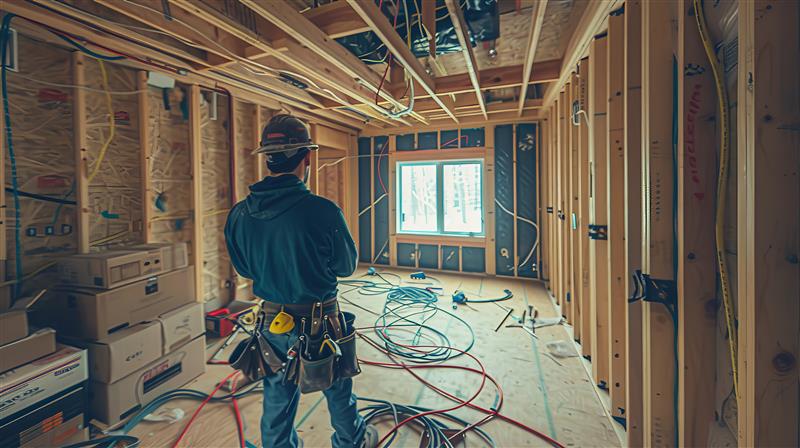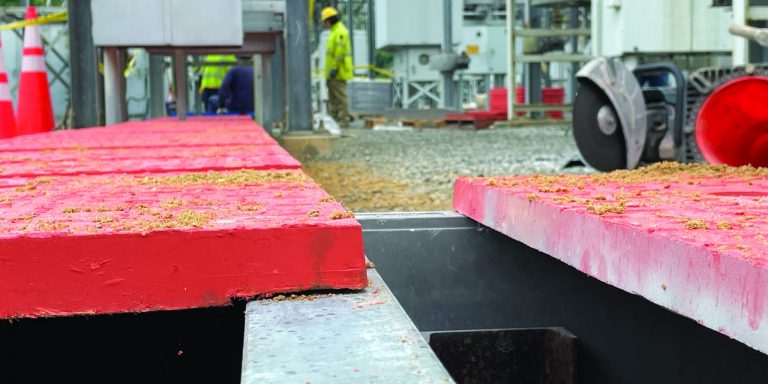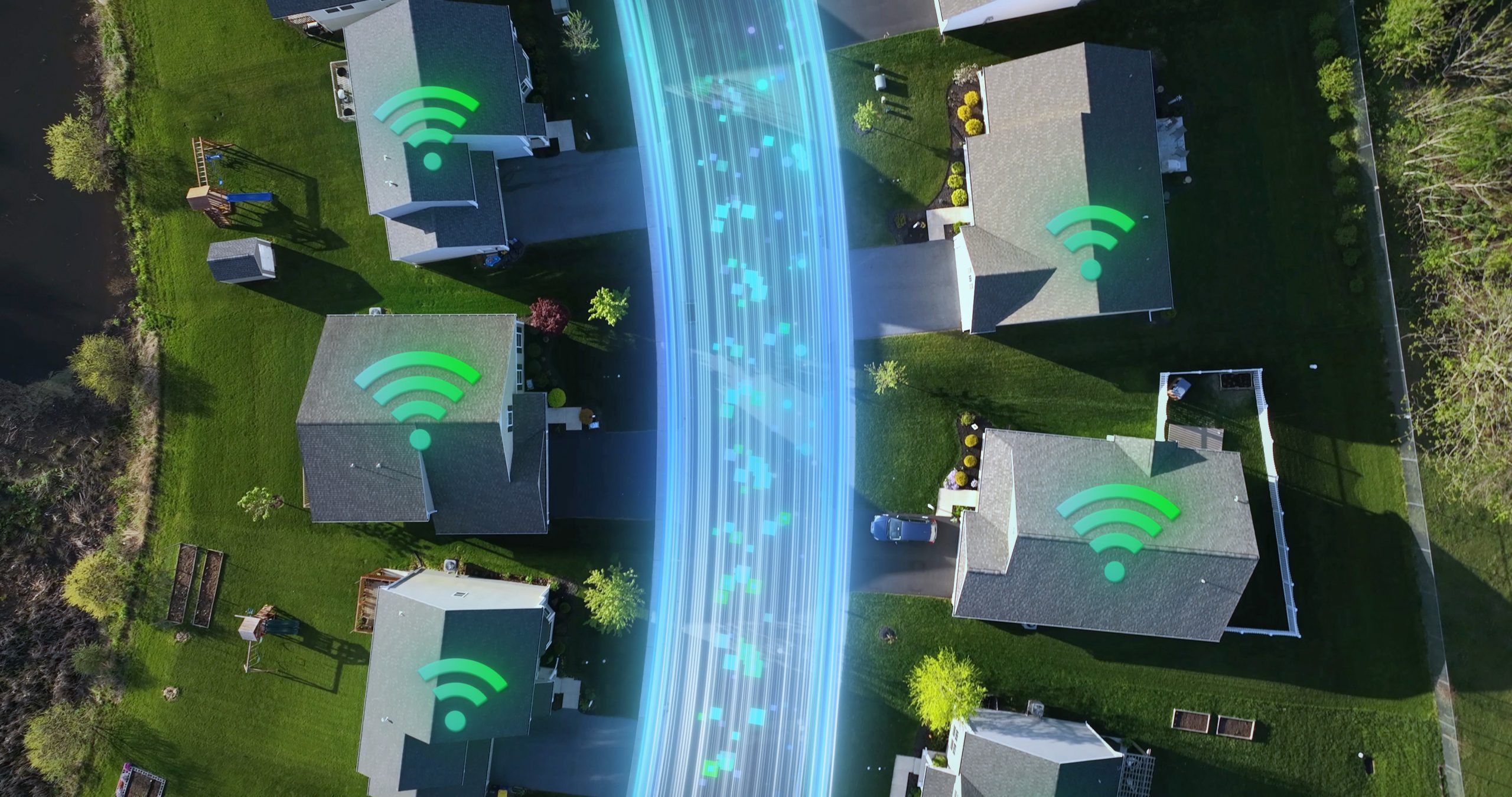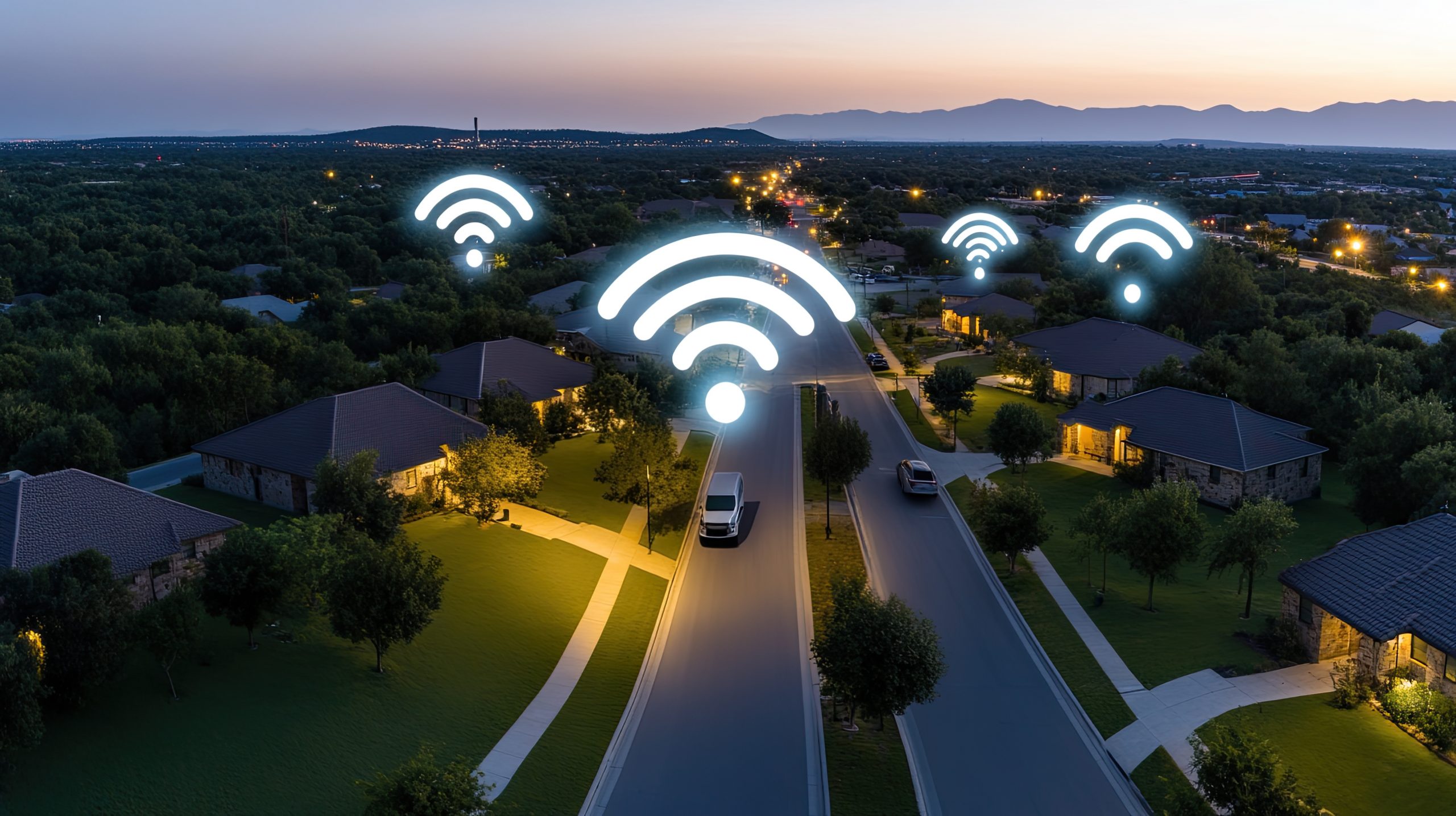June 27, 2025
Why Cat6A Cabling Matters for Today’s Fiber-Powered Homes

Internet needs at home are changing fast. Between remote work, smart home gadgets, and streaming in 4K (or higher), today’s households are using more bandwidth than ever. In fact, from 2020 to 2023, average household internet use jumped more than 30%. And it’s not slowing down.
The typical U.S. home now has over 21 connected devices—up from just 11 a few years ago. That’s everything from laptops and tablets to smart thermostats, security cameras, and gaming consoles. With all this demand, networks need to do more—and do it better.
To keep up, builders, broadband providers, and planners are turning to Category 6A (Cat6A) cabling. It is not just about futureproofing anymore—it is about meeting today’s performance expectations.
Why Cat6A Cabling Makes Sense Now
Cat6A cabling can handle 10 Gigabit Ethernet speeds over longer distances and supports twice the bandwidth of Cat6. That means fewer slowdowns and smoother performance—even when the whole household is online at once.
It’s also great for powering connected devices. Thanks to support for newer Power over Ethernet (PoE++) standards (up to 90 watts), Cat6A can deliver both power and data to smart devices like cameras, lighting systems, and sensors—no extra wiring required.
In most new builds, Cat6A works alongside fiber that brings high-speed internet to the building. Inside the home, it helps spread that speed to every room.
It’s Not Just the Cable—Hardware Matters Too
To get the most from Cat6A cabling, it is important to use the right setup. It also requires smart installation practices and well-matched connectivity hardware.
Products like Oldcastle Infrastructure’s Primex PR10 Media Panel provide a centralized hub for network devices, while the FTC2 Fiber Wall Plate and P350 enclosures help organize and protect connections from the outside drop to the in-unit endpoint.
These tools make structured cabling easier to install and maintain, especially in homes with tight spaces or retrofit conditions.
Cat6A Cabling: a Must-Have for Multi-Unit and Mixed-Use Projects
In apartment buildings and mixed-use developments, structured cabling is no longer a nice-to-have—it is essential. Developers are looking for systems that:
- Support more devices
- Offer faster speeds and lower latency
- Make upgrades and maintenance easier over time
Industry groups like TIA and BICSI continue to recommend structured cabling for exactly these reasons. And federal programs like BEAD (Broadband Equity, Access, and Deployment) are backing projects that bring reliable, high-speed internet to more communities.
While BEAD doesn’t call out Cat6A by name, its goals—long-term reliability, scalability, and equity—line up perfectly with what Cat6A delivers.
Overcoming Barriers to Cat6A Adoption
Cat6A cabling used to have a reputation for being more expensive and trickier to install, but that’s changing fast.
- Installers are getting trained and more comfortable with it
- Costs have come down as more projects adopt it
- Growing bandwidth demands make it harder for older cabling standards to keep up
For anyone planning networks that will last well into the future, Cat6A is a smart, affordable choice.
Ready for What’s Next
When you combine Cat6A cabling with the right gear, you get faster, more reliable networks—whether you are wiring up a single home or a whole community.
At Oldcastle Infrastructure, we are here to help with a full line of proven solutions to make FTTx and structured cabling installs smoother, faster, and more dependable. Learn more about our communications solutions.



